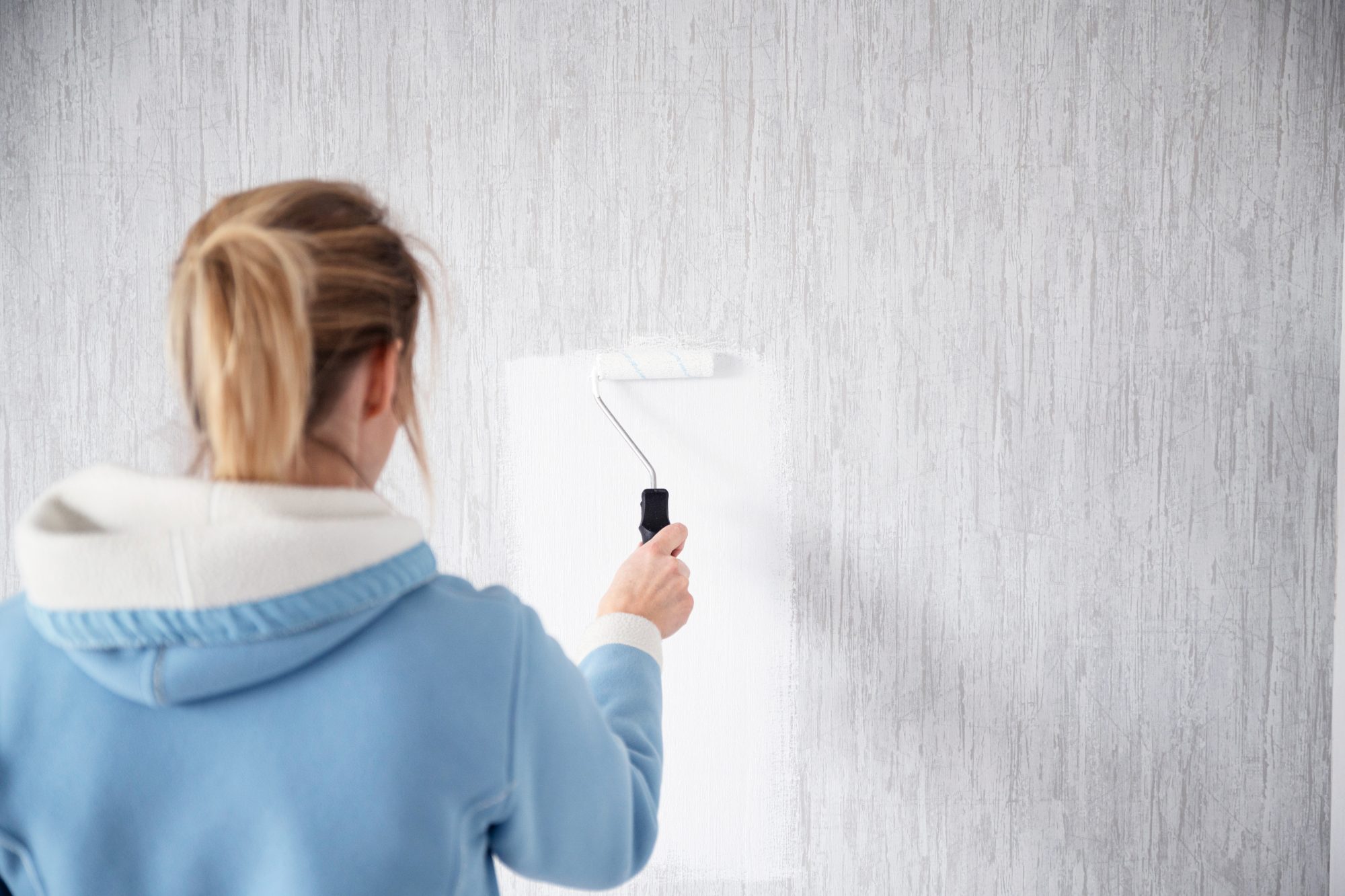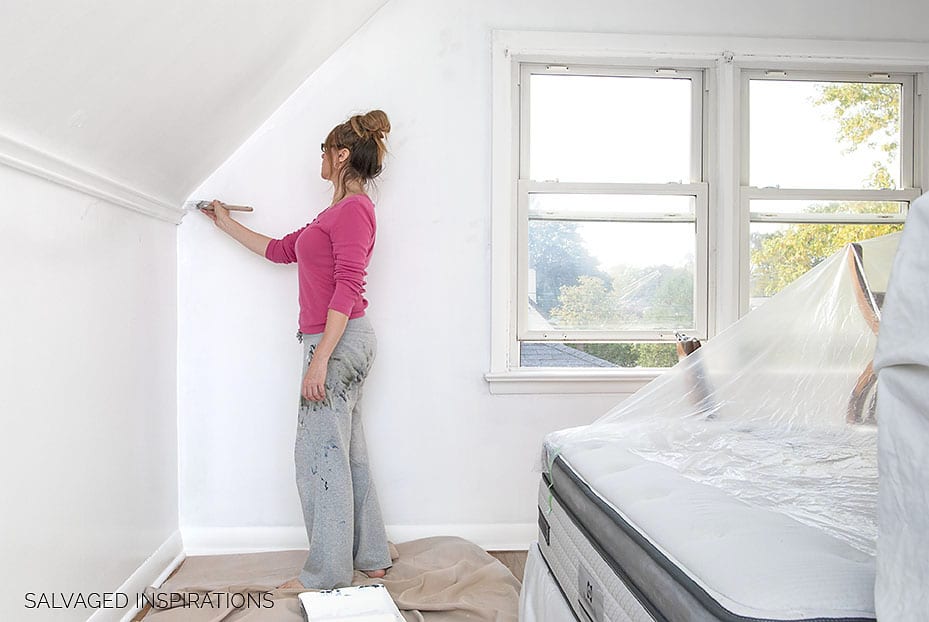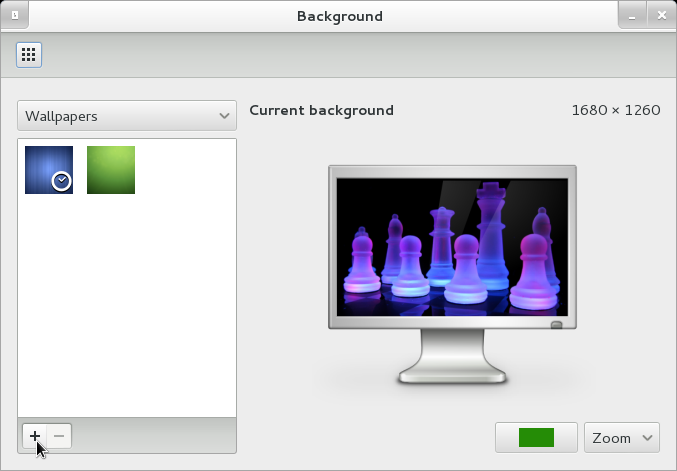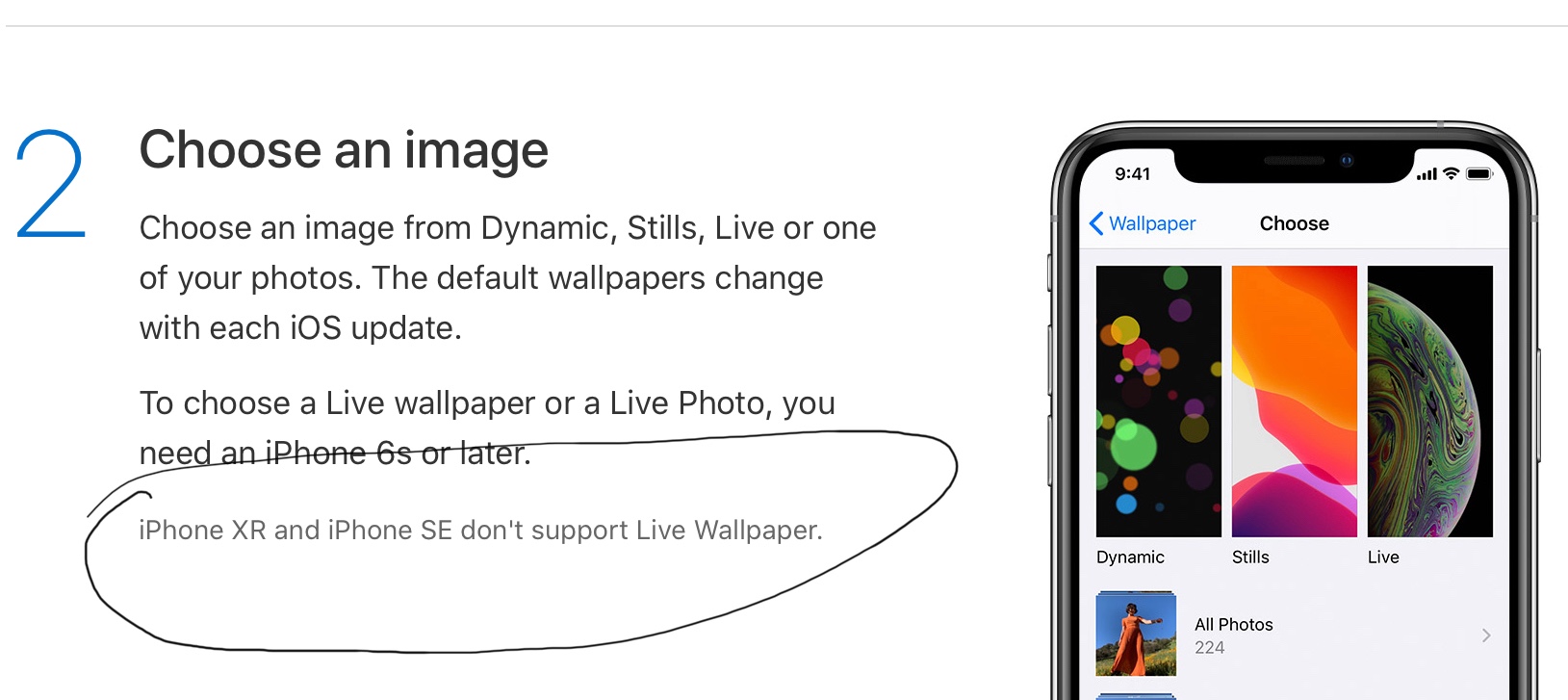Dos and Don’ts of Painting Over Wallpaper

There are a few tips and tricks for painting over wallpaper. First, you must make sure the walls are clean and dry. Next, you should prepare the walls by applying a primer. Here are some of the Dos and Don’ts of painting over wallpaper. Then, you can begin painting! Read on to learn more! Once you have prepared the walls, you can begin painting! Using a high-quality primer is important, so it should be applied before the wallpaper is removed.
Cleaning the walls before painting over wallpaper
Before painting over your old wallpaper, you need to clean it thoroughly. If your walls are covered in glue residue, you should first use a putty knife to scrape it away. Otherwise, you may end up chipping tiny portions of the wall and having to spackle it later. Leaving glue residue on your walls is not a good idea since it may interfere with your future paint job. However, you can use a combination of these three cleaning solutions to thoroughly clean your walls.
Once you’ve removed all the glue residue, you’re ready to paint over your wallpaper. Make sure you apply primer, followed by a second coat of paint. Always remember to allow the primer to dry completely before applying the next coat. It is critical to allow the primer to dry completely, because if it’s not, it will bubble or peel. Before you begin, carefully line up your painting tools to prevent any problems with the paint job.
Preparing the walls for painting over wallpaper
Preparing the walls for painting over wallpaper requires careful preparation before you begin the process. In addition to securing loose or damaged sections, you should also clean the walls thoroughly with diluted TSP. Apply clear caulk around the perimeter of the walls and at the joint where the paper meets the ceiling or floor. This seals the edges and keeps the paint from peeling. Then, follow manufacturer’s directions and use protective gear.
Before you begin painting, be sure to check your lease for restrictions. Some leases do not allow you to paint, so you will need permission from the property manager or landlord. The preparation work is the most time-consuming part of the project and is often the cause of unsuccessful painting projects. Follow these steps carefully to ensure the success of your painting job. If you’ve decided to paint over wallpaper, make sure to read the lease carefully to see whether you can do it yourself.
Applying primer before painting over wallpaper
Before painting over your wallpaper, you should apply a coat of primer. Primer helps the paint adhere better to the wall, and it also prevents problems like peeling and rolling. The best primer is oil-based or alkyd-based, according to Architectural Digest. It protects the wallpaper from moisture, which can cause bubbles and the paper to peel. Latex is water-based, and it may do more harm than good.
Before you apply the primer, you must clean the walls. First, clean the walls with diluted TSP solution. Afterward, dry the walls completely, and wipe off the excess primer using a cloth. Before painting, you should also sand the edges of the wallpaper with an orbital sander. After sanding, you should wipe off any dust and apply the primer. If you are painting over a textured wallpaper, you should sand the edges with a palm or orbital sander.
Dos and don’ts of painting over wallpaper
If you’re painting over wallpaper, there are a few dos and don’ts that you should know. First, you should clean the wallpaper thoroughly. Vacuum off dust and debris, then wipe it with a damp rag. Make sure not to use too much water, as this can weaken the adhesive. Water near seams will pull the paper away, so be careful not to get too much. Next, test the paint in a hidden area of the wall. It can show you how well the paint covers the wallpaper and how many coats you need.
Another important aspect of painting over wallpaper is the preparation. It is much easier to paint over wallpaper than remove it completely. However, you should be sure that the wallpaper is in good condition. Remove it if it is peeling off, or if it has a large mold spot or patch. If there are any other problems with the wallpaper, strip it before painting. It is important to remember that the paint will not cover if the wallpaper has visible imperfections.










